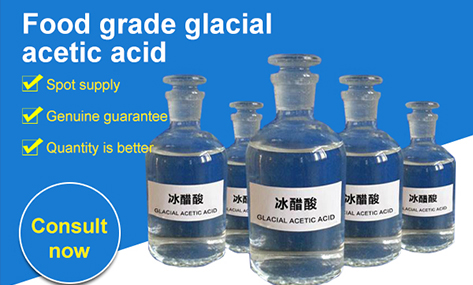
12 月 . 03, 2024 15:38 Back to list
glacial acetic acid ethyl acetate
The Chemistry and Applications of Glacial Acetic Acid and Ethyl Acetate
Glacial acetic acid (CH₃COOH) and ethyl acetate (C₄H₈O₂) are two significant organic compounds widely used in various industries. Their unique properties not only make them crucial in chemical reactions but also essential in everyday applications. This article explores their chemical characteristics, production methods, and applications.
Glacial Acetic Acid
Glacial acetic acid is a colorless, pungent-smelling liquid that is a concentrated form of acetic acid. The term “glacial” refers to its ability to freeze at approximately 16.6 degrees Celsius, which gives it the characteristic of being solid at low temperatures. With a molecular weight of 60.05 g/mol, glacial acetic acid is a weak organic acid and has a pKa of around 4.76.
One of the primary methods of producing glacial acetic acid is through the carbonylation of methanol. This process involves reacting methanol with carbon monoxide in the presence of a catalyst to produce acetic acid. Another method involves the oxidization of acetaldehyde. The global demand for glacial acetic acid is driven by its versatility in applications, such as in the production of synthetic fibers, plastics, and food preservation.
In the industrial sector, glacial acetic acid serves as a precursor in the production of a wide array of chemicals. It is used in the manufacturing of vinyl acetate monomer, which is crucial in producing adhesives, paints, and coatings. Furthermore, it is involved in synthesizing various esters, which play a vital role in creating fragrances and flavorings. In laboratories, it is frequently used as a solvent, reagent, and in acidic conditions to facilitate various reactions.
glacial acetic acid ethyl acetate

Ethyl Acetate
Ethyl acetate is a colorless, volatile liquid with a sweet, fruity aroma, and it is often utilized as a solvent due to its favorable properties. Its chemical formula is C₄H₈O₂, and it has a molecular weight of 88.11 g/mol. Ethyl acetate is produced primarily through the esterification of ethanol and acetic acid, a reaction facilitated by an acid catalyst. This process yields not only ethyl acetate but also water, which is removed to drive the reaction forward.
In terms of applications, ethyl acetate is predominantly used as a solvent in the paint, varnish, and coatings industry due to its ability to dissolve many organic compounds while evaporating quickly. This property makes it ideal for producing products that require a fast-drying solution. Additionally, ethyl acetate is widely employed in the extraction processes within the food and beverage industry, particularly for removing caffeine from coffee and for flavor extraction.
Ethyl acetate is also favored in the pharmaceutical industry for its use in synthesizing various drugs and chemical compounds. It is recognized for its relatively low toxicity compared to other solvents, making it a more environmentally friendly option. Moreover, its pleasant smell makes it a popular choice in personal care products, such as nail polish removers and fragrances.
Conclusion
Both glacial acetic acid and ethyl acetate are pivotal compounds in the field of chemistry with extensive applications. Their unique properties and versatility contribute significantly to various industrial processes, from the manufacture of plastics and drugs to their role as solvents in laboratories and commercial products. As industries continue to evolve, the importance of understanding and utilizing these compounds will undoubtedly remain paramount, emphasizing the need for ongoing research and development in their applications and production methods. As such, glacial acetic acid and ethyl acetate highlight the intricate relationship between chemistry and industry, showcasing the profound impact of organic compounds on our everyday lives.
